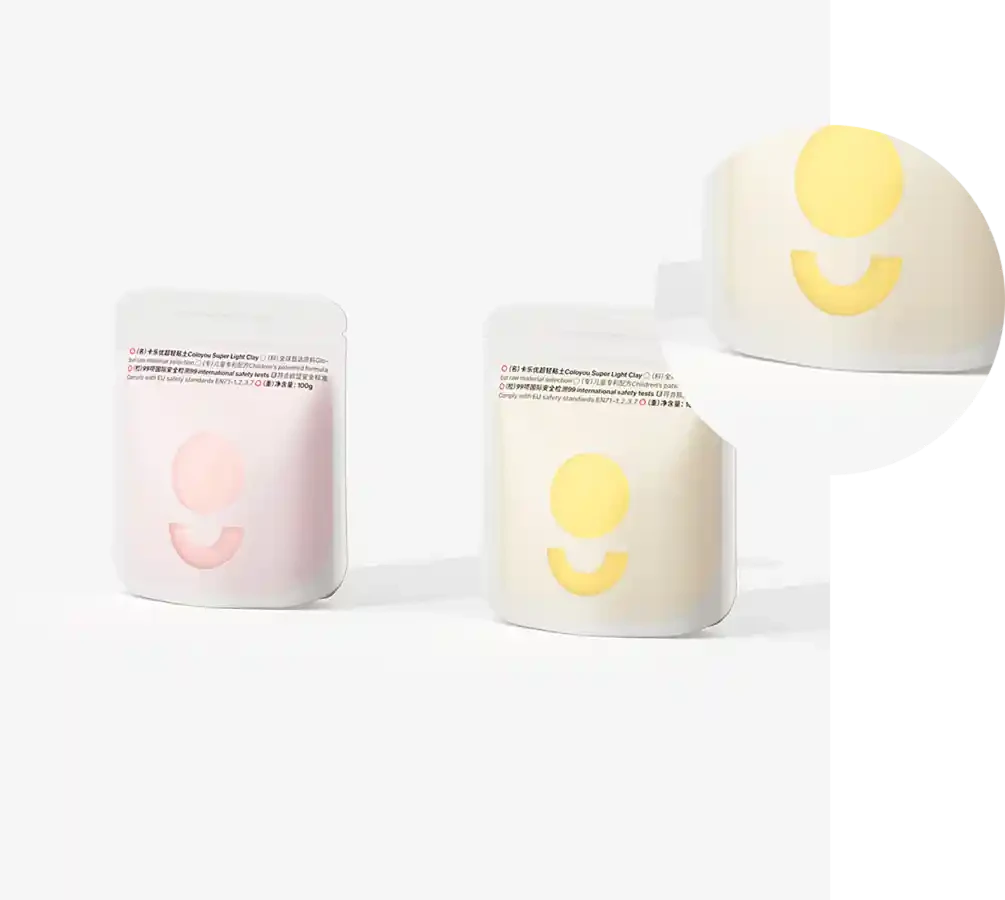- Afrikaans
- Albanian
- Amharic
- Arabic
- Armenian
- Azerbaijani
- Basque
- Belarusian
- Bengali
- Bosnian
- Bulgarian
- Catalan
- Cebuano
- chinese_simplified
- chinese_traditional
- Corsican
- Croatian
- Czech
- Danish
- Dutch
- English
- Esperanto
- Estonian
- Finnish
- French
- Frisian
- Galician
- Georgian
- German
- Greek
- Gujarati
- haitian_creole
- hausa
- hawaiian
- Hebrew
- Hindi
- Miao
- Hungarian
- Icelandic
- igbo
- Indonesian
- irish
- Italian
- Japanese
- Javanese
- Kannada
- kazakh
- Khmer
- Rwandese
- Korean
- Kurdish
- Kyrgyz
- Lao
- Latin
- Latvian
- Lithuanian
- Luxembourgish
- Macedonian
- Malgashi
- Malay
- Malayalam
- Maltese
- Maori
- Marathi
- Mongolian
- Myanmar
- Nepali
- Norwegian
- Norwegian
- Occitan
- Pashto
- Persian
- Polish
- Portuguese
- Punjabi
- Romanian
- Russian
- Samoan
- scottish-gaelic
- Serbian
- Sesotho
- Shona
- Sindhi
- Sinhala
- Slovak
- Slovenian
- Somali
- Spanish
- Sundanese
- Swahili
- Swedish
- Tagalog
- Tajik
- Tamil
- Tatar
- Telugu
- Thai
- Turkish
- Turkmen
- Ukrainian
- Urdu
- Uighur
- Uzbek
- Vietnamese
- Welsh
- Bantu
- Yiddish
- Yoruba
- Zulu
what is polylactic acid
Understanding Polylactic Acid A Versatile Biopolymer
Polylactic acid (PLA) is a biodegradable and bioactive thermoplastic made from renewable resources. It has gained significant attention in recent years due to its environmentally friendly properties and wide range of applications. This article explores the characteristics, production processes, advantages, and applications of polylactic acid, shedding light on why it is an essential material in today's world.
What is Polylactic Acid?
Polylactic acid is a polymer derived from lactic acid, which is produced through the fermentation of carbohydrates, often sourced from corn starch, sugarcane, or other biomass. The chemical structure of PLA is a linear polymer composed of repeating units of lactic acid monomers. The polymerization process involves two main methods condensation polymerization and ring-opening polymerization of lactide, which can be derived from the fermentation of sugars.
The resulting material is a thermoplastic, meaning it can be re-melted and reshaped when heated. PLA is often produced in various molecular weights, which can affect its physical properties, such as viscosity and mechanical strength.
Characteristics of PLA
Polylactic acid has several key characteristics that make it a preferred choice in various manufacturing processes
1. Biodegradability One of the most significant advantages of PLA is its ability to decompose into natural substances such as carbon dioxide and water when exposed to suitable conditions. This makes it an excellent alternative to conventional plastics, which can persist in the environment for hundreds of years.
2. Renewable Resource PLA is made from renewable biological resources, reducing reliance on fossil fuels. This aspect is increasingly important in combating climate change and pollution.
3. Good Mechanical Properties PLA exhibits favorable mechanical properties, such as tensile strength and rigidity, which make it suitable for numerous applications ranging from packaging to 3D printing.
4. Low Toxicity As a biopolymer, PLA offers low toxicity, making it safe for food contact applications and medical uses.
Production of Polylactic Acid
The production of PLA typically involves the following steps
what is polylactic acid

1. Raw Material Sourcing Carbohydrates derived from renewable resources, like corn or sugarcane, are harvested as the raw materials for lactic acid production.
2. Fermentation Microorganisms such as bacteria or yeast ferment the sugars to produce lactic acid.
3. Polymerization The lactic acid undergoes polymerization to form PLA. Depending on the desired properties, various catalysts and conditions can be used in the polymerization process.
4. Processing The resulting PLA can be compounded, extruded, or molded into desired shapes or products.
Applications of PLA
Thanks to its unique properties, PLA finds applications in various industries
1. Packaging PLA is widely used in the packaging industry for producing biodegradable containers, cutlery, and films. Its transparency and stiffness make it an excellent choice for food packaging.
2. Textiles Due to its comfort and breathability, PLA is increasingly utilized in the textile industry for eco-friendly clothing and non-woven materials.
3. 3D Printing In the realm of additive manufacturing, PLA is one of the most popular filament materials used in 3D printing. Its easy processing and low warping make it an excellent choice for beginners and professionals alike.
4. Medical Applications PLA is used in various medical applications, including sutures, stents, and drug delivery systems, where its biocompatibility and biodegradability serve critical advantages.
5. Agriculture PLA-based products can also be found in agriculture, such as biodegradable mulches and planting pots that can decompose after use.
Conclusion
Polylactic acid represents a significant advancement in sustainable material science. Its environmental benefits, coupled with its versatile applications, make it a valuable alternative to traditional plastics. As industries continue to seek environmentally friendly solutions, PLA is poised to play a pivotal role in reducing plastic waste and promoting a more sustainable future. With ongoing research and development, the potential of polylactic acid will continue to expand, making it a crucial component in the quest for a greener planet.













